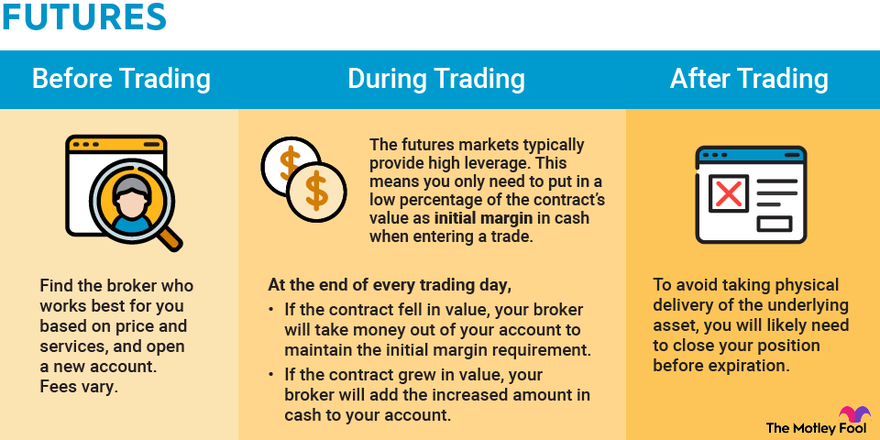Common Mistakes Take Profit Traders Should Avoid
Common Mistakes Take Profit Traders Should Avoid
Blog Article
Take-profit trading is a vital technique for several traders looking to secure in gains while controlling risks effectively. However, actually skilled traders frequently make take profit trader that will affect their returns. By becoming aware of these popular traps, you are able to improve your techniques and produce take-profit trading work to your advantage. Here's a description of the very most frequent errors to be cautious about and how to prevent them.
1. Placing Impractical Gain Targets
A significant error traders make is setting income targets which can be very ambitious. As the purpose of take-profit trading is to increase gets, impractical targets frequently result in missed opportunities. For example, as opposed to aiming for a get back that's impossible within current market problems, traders must analyze historic cost activities, traits, and reasonable gain margins.
To correct this, arrange your gain goals with industry volatility and traditional weight levels. Seeking for possible objectives decreases disappointment and increases the possibility of consistently locking in profits.

2. Ignoring Market Traits
Trading against industry tendency is really a recipe for deficits, even though take-profit levels are involved. Some traders collection firm income objectives without sales for the overall way of the market. That usually contributes to rapid exits or missed possibilities to capitalize on substantial value movements.
Ensure your take-profit methods arrange with prevailing trends. Using instruments like going averages or trendlines will help recognize the broader industry way, ensuring you leave trades at optimal levels.
3. Failing to Adjust for Market Conditions
The markets are vibrant and continually changing. Maintaining a static take-profit technique, irrespective of current situations, raises the danger of inefficiency. Many traders stick for their initial ideas even if new data or improvements in economic problems suggest otherwise.
To address that, undertake a variable approach. Monitor critical factors like market media, volatility, and macroeconomic indicators. Adjust take-profit levels as new data emerges to ensure they keep relevant.
4. Overlooking Risk-Reward Ratios
A typical error lies in ignoring the risk-reward rate of trades. Some traders set limited take-profit levels that do not sound right provided the quantity at risk. For instance, endangering $100 to gain $50 undermines powerful trading principles.
To prevent this error, aim for a risk-reward ratio of at least 1:2. This means the potential gain ought to be at the least double the amount you are ready to risk. Subsequent that rule advances the chances of long-term profitability.

5. Emotional Trading
One of the very most detrimental problems in take-profit trading is letting emotions determine decisions. Concern and greed often lead to adjusting take-profit levels impulsively, which reduces odds of sticking to an audio strategy.
Beat this by depending on strong evaluation and sticking to predefined rules. Applying computerized trading programs can also support eliminate the influence of emotions by executing trades centered on predetermined criteria.
Preventing these popular mistakes involves control, continuing evaluation, and a willingness to adapt. By cautiously handling your take-profit techniques, you can improve your trading accomplishment and reduce needless losses. Report this page